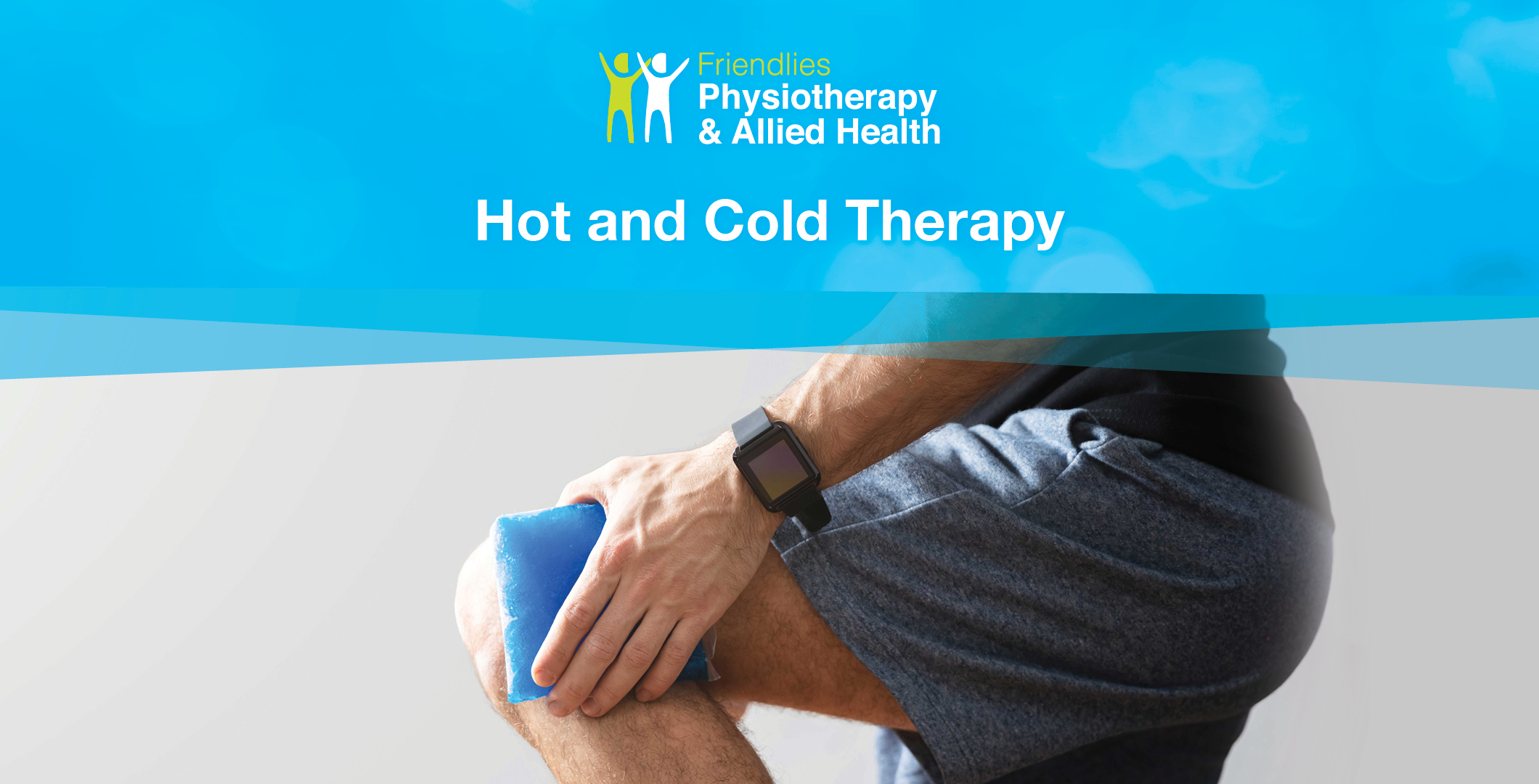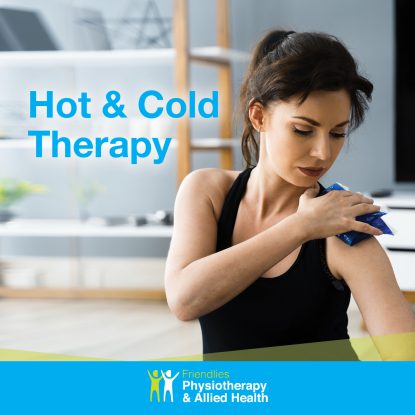
Hot and cold therapy
Heat and cold therapy or ice packs, or a combination of both, have been common practice in injury management for centuries. With their use so widely accepted, you may wonder when it actually makes a difference.
Heat
When it comes to treating ongoing pain rather than a recent injury, heat therapy can be more effective than anti-inflammatories in treating pain, especially wrist and back pain. Heat can help to reduce pain or stiffness in the short term. It won’t fix the problem but it will make it feel better to help you start moving.
We discourage the use of heat during the first three days after sustaining an injury, especially if you are taking blood thinners as it can increase bleeding and swelling more than desired. The rule of thumb is to not apply heat if the swelling is still getting worse.
Heat is generally prescribed for longer periods than cold. You can use an electric blanket or heat wrap, or keep re-heating your trusty old hot pack as many times as you like providing your skin isn’t becoming irritated.
Cold
Ice therapy has been proven to reduce soreness and feelings of fatigue after exercise and injury but doesn’t have any effect on healing time or athletic performance. Therefore it can be used after an injury for pain relief, but won’t make any real difference to when you get back to your activity in most cases. A recent study even found that doing an ice bath to reduce inflammation after strength training won’t reduce the strength benefits, but it can reduce the amount of muscle growth.
Inflammation is an essential part of healing any injury and our bodies have developed to be very effective healers. It’s been proven that ice can reduce inflammation following an injury, but that begs the question, when do we need to reduce inflammation? After a severe muscle injury such as a forceful impact, the inflammation can become so severe that it can build up pressure within a section of muscle. If there is enough pressure to cut off or reduce the blood flow, it’s called compartment syndrome. Compartment syndrome isn’t very common but if you notice your injury is becoming firm and throbbing, put some ice on 20 minutes every hour and try to get to your Physiotherapist, Doctor, or in severe cases, the emergency department as soon as you can. Other times where we want to minimise bleeding or inflammation is if you are on blood thinners. Blood thinners will make you bruise more than necessary, and therefore ice is often used.
Safety
When we’re weighing up any treatment, we always need to consider the risks. It’s important that any part of the body that will have heat or cold therapy on it should be able to feel the heat or cold and if it is damaging the skin.
We have several articles on the website written by our Physiotherapists on how to treat soft tissue injuries, click on the articles below to learn more.
R.I.C.E.R (ricer) method
No H.A.R.M (No Harm) method
PEACE and LOVE method
The Friendlies Physiotherapy Service have a walk-in sports injury clinic every Monday from 8.30am-9.30am to help treat patients with weekend sports injuries as soon as possible. Find out more here.
